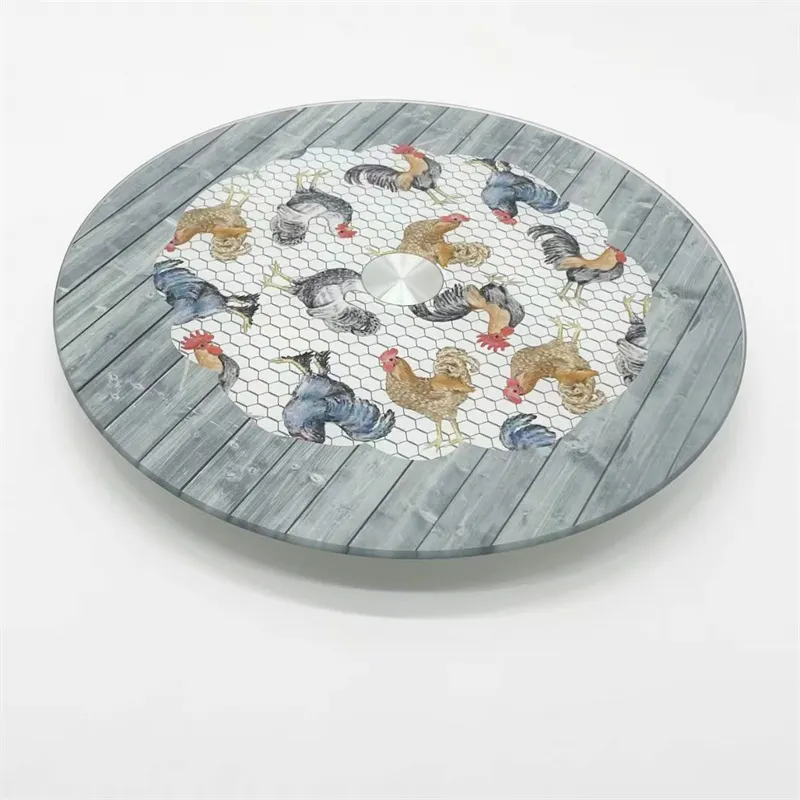Dec . 23, 2024 09:57 Back to list
Exploring the Beauty and Functionality of Glass Window Panes in Architecture
The Aesthetic and Functional Importance of Glass Window Panes
Glass window panes are an intrinsic part of modern architecture, offering a combination of aesthetic appeal and practical functionality. They serve not only as barriers against the elements but also as a means to allow light to flood into spaces, creating warmth and enhancing interior aesthetics. The significance of glass window panes has evolved over centuries, reflecting changes in technology, design trends, and architectural philosophy.
Historically, the use of glass in architecture dates back to ancient civilizations where natural materials were used as coverings for openings. The introduction of glass as a window material began in Roman times, but it wasn’t until the Middle Ages that glass windows became widely used in Europe. During this period, stained glass panes adorned cathedrals, playing both a decorative and narrative role by illustrating biblical stories to an illiterate populace. These early panes were thick, often warped, and laboriously hand-crafted, yet they set the stage for the development of window design.
As technology progressed, the production of glass became more efficient. The Industrial Revolution brought about significant advancements, enabling the creation of larger and clearer glass panes. This innovation fostered a new architectural movement known as Modernism, which embraced minimalism and the concept of “bringing the outdoors in.” Large glass windows and façades became a hallmark of this period, exemplified in iconic buildings such as the Glass House by Philip Johnson. The expansive use of glass allowed for natural light to permeate spaces, reducing the reliance on artificial lighting and creating a connection with the surrounding environment.
In contemporary architecture, glass window panes have become even more versatile. The development of insulated glass units (IGUs) has improved energy efficiency significantly, allowing buildings to maintain comfortable temperatures year-round. IGUs consist of two or more glass panes separated by a spacer and sealed to create an insulating barrier. This advancement not only enhances thermal performance but also reduces noise pollution, making urban living more comfortable.
glass window panes

Another revolutionary concept in glass window design is the introduction of smart glass technology. Smart windows can transition between transparent and opaque states at the touch of a button or in response to sunlight. This feature allows for increased privacy and control over sunlight while also contributing to energy savings by reducing the need for heating and cooling. This innovation underscores the ongoing evolution of glass window panes, merging practicality with cutting-edge technology.
Aesthetically, glass window panes have been celebrated for their ability to create an illusion of space. Particularly in urban environments, buildings with extensive glass façades contribute to a sense of openness and light. They reflect the surrounding landscape, creating dynamic visual effects throughout the day as the light changes. Architects increasingly incorporate glass in various shapes and sizes to create stunning architectural statements. From the minimalist lines of contemporary homes to the grand structures of commercial buildings, glass is employed to convey sophistication and modernity.
Moreover, glass window panes can also be a canvas for artistic expressions. Artists and designers have begun to experiment with printed glass, incorporating colors, patterns, and images that transform ordinary windows into eye-catching displays. This trend invites individuality and personalization into architectural design, allowing buildings to tell their own stories.
Despite the many advantages of glass window panes, challenges remain. The fragility of glass means that security and durability are often concerns, prompting the development of reinforced and laminated glass options. Additionally, the environmental impact of glass production and the need for responsible recycling practices is an issue that the industry continues to address as sustainability becomes a focal point in architecture.
In conclusion, glass window panes play a vital role in contemporary architecture, merging functionality with beauty. As technology advances and aesthetics continue to evolve, the importance of glass in architectural design will only grow. It may well be that the windows of the future not only transform the way we experience spaces but also redefine our relationship with the environment and sustainability. Through their role in optimizing light, connecting us with our surroundings, and reflecting the creativity of human design, glass window panes remain an indispensable element of our architectural landscape.
-
Safety and Style with Premium Laminated Glass Solutions
NewsJun.24,2025
-
Reinvents Security with Premium Wired Glass
NewsJun.24,2025
-
Premium Float Glass Line for Modern Architecture
NewsJun.24,2025
-
Low Emissivity Glass for Energy-Efficient Architecture
NewsJun.24,2025
-
High-Performance Insulated Glass Solutions for Modern Architecture
NewsJun.24,2025
-
Elevates Interior Style with Premium Silver Mirror
NewsJun.24,2025
Related PRODUCTS














